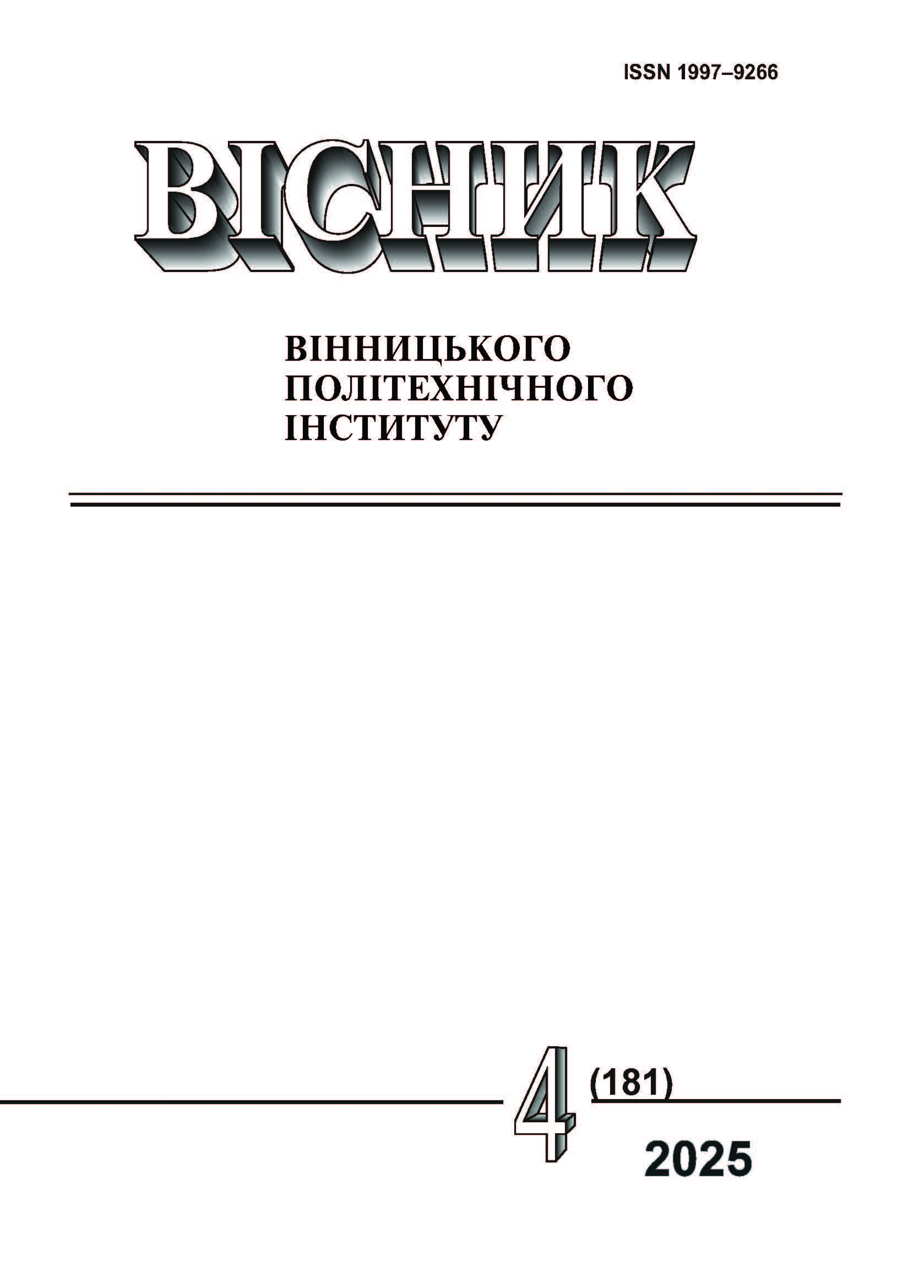Method for Determining Target Software Performance Indicators
DOI:
https://doi.org/10.31649/1997-9266-2025-181-4-108-117Keywords:
software engineering, software testing, software performance testing, performance metrics, target performance indicators, DevOps, algorithms, templates, performance-testing knowledge bases, IT-projectAbstract
Development of the methods for the determination of the target indices for measuring the quality level , performance reliability is one of the important directions in the sphere of information technologies and, in particular, software engineering.
Among the known methods we can distinguish the method of balanced management indicators, SMART-techniques, etc. GIST (Goals, Ideas, Step-Projects, Tasks) methodology it is the method of production planning, elaborated by I. Gilad former Google production manager. This methodology is aimed at reduction of the overhead cost for management, enhancement of the speed of development and creation of the products, which meet the requirements of the market and their subject area. Defining target performance indicators remains a pressing challenge for modern DevOps teams. They are frequently caught between two extremes: collecting thousands of time-series metrics, which inflates costs and alert noise, or, conversely, collecting too little data and missing performance regressions. Lightweight checklists such as the Four Golden Signals or RED/USE lower the entry barrier but remain static; they ignore business goals, service criticality, and lifecycle stage. The paper proposes to improve GIST (Goal Impact Stage Template) method for measuring software performance (GISTSP). Objective c of the study is to create and evaluate the method of target indices formation on the base of the methodology of metrics collection GIST.
The suggested GIST method (Goal – Impact – Stage – Template) relies on a four-line “service passport” and a Core-plus-Plus metric library. By following a “collect only what you need” rule, GIST automatically generates Prometheus/Grafana configurations and alert rules. The approach was experimentally compared with Four GS, RED/USE, and AWS W-A on four testbeds (Web-API, Queue, Stream, Batch). Results show that required SLI coverage increased from 78 % to 92 %; daily metric volume decreased by 60 %; setup time was reduced by a factor of four, while the F₁-score for regression detection did not degrade. These findings indicate that GIST achieves a practical balance between quick onboarding and the flexibility demanded by diverse business goals and deployment environments.
References
V. S. Yakovyna, M. M Seniv, I. I. Symets, and N. B. Sambir, “Algorithms and software suite for reliability assessment of complex technical systems,” Radio Electronics, Computer Science, Control, no. (4), pp. 163-177, 2020. https://doi.org/10.15588/1607-3274-2020-4-16 .
T. Murphy, and K. Cormican, “Towards holistic goal centered performance management in software development: lessons from a best practice analysis,” IJISPM, vol. 3, no. 4, pp. 23-36, Feb. 2022.
ISO/IEC, “ISO/IEC 25010:201, Systems and software engineering – Systems and software Quality Requirements and Evaluation (SQuaRE) — System and software quality models,” 2011. [Electronic resource]. Available: https://www.iso.org/standard/35733.html#lifecycle .
I. Gilad the GIST Board and Other GIST Tools. Tech. Rep., Dec.2019. [Online]. Available: https://itamargilad.com/the-gist-board-and-other-gist-tools/ .
4 SRE Golden Signals (What they are and why they matter), Blameless Community. 2023. [Electronic resource]. Available: https://www.blameless.com/blog/4-sre-golden-signals-what-they-are-and-why-they-matter .
B. Gregg, “The USE Method,” 2023. [Electronic resource]. Available: http://www.brendangregg.com/usemethod.html .
Datadog “Application Performance Monitoring (APM),” Datadog Documentation”2025. [Electronic resource]. Available: https://docs.datadoghq.com/tracing/ .
Amazon Web Services, “Performance Efficiency Pillar - AWS Well-Architected Framework,” AWS Well-Architected Documentation. 2025. [Electronic resource]. Available: https://docs.aws.amazon.com/wellarchitected/latest/performance-efficiency-pillar/welcome.html .
Ю. В. Сторожук, «Показники продуктивності програмного забезпечення інформаційних систем,» Інформаційне суспільство: технологічні, економічні та технічні аспекти становлення (випуск 91). 2024. [Електронний ресурс]. Режим доступу: http://www.konferenciaonline.org.ua/ua/article/id-1905/ .
Downloads
-
pdf (Українська)
Downloads: 39
Published
How to Cite
Issue
Section
License

This work is licensed under a Creative Commons Attribution 4.0 International License.
Authors who publish with this journal agree to the following terms:
- Authors retain copyright and grant the journal right of first publication.
- Authors are able to enter into separate, additional contractual arrangements for the non-exclusive distribution of the journal's published version of the work (e.g., post it to an institutional repository or publish it in a book), with an acknowledgment of its initial publication in this journal.
- Authors are permitted and encouraged to post their work online (e.g., in institutional repositories or on their website) prior to and during the submission process, as it can lead to productive exchanges, as well as earlier and greater citation of published work (See The Effect of Open Access).





